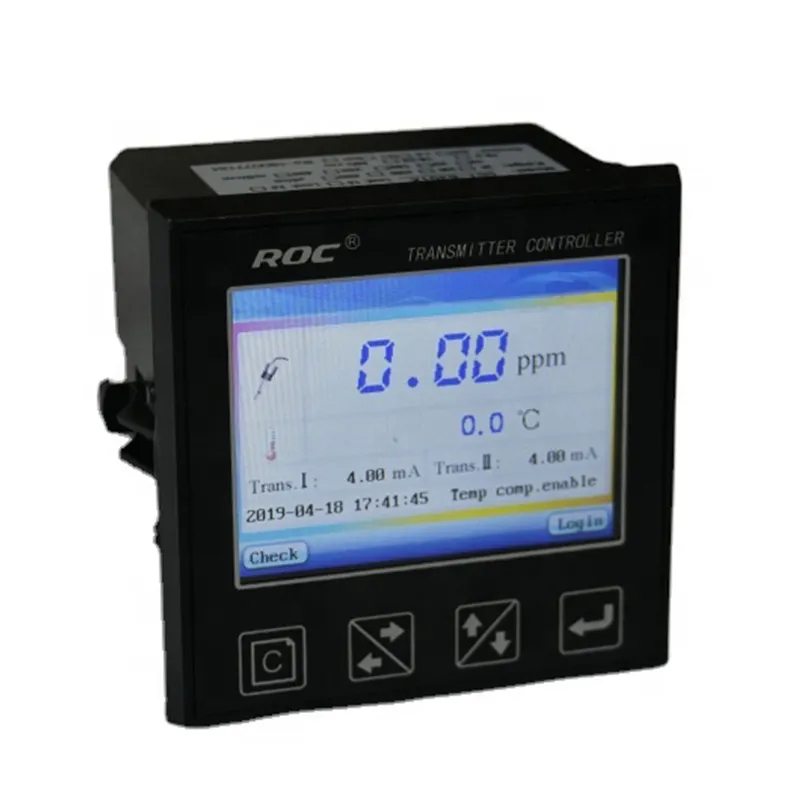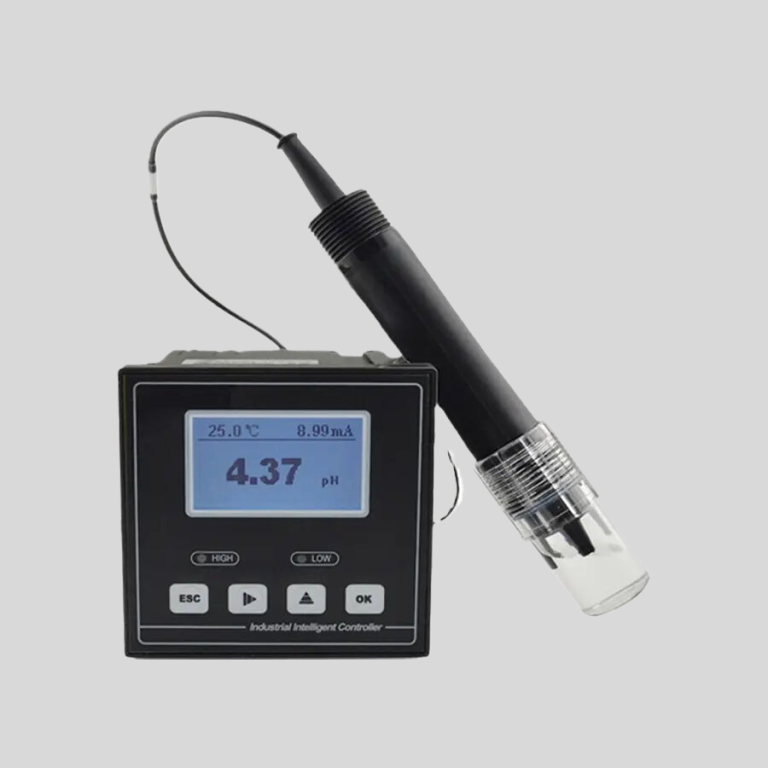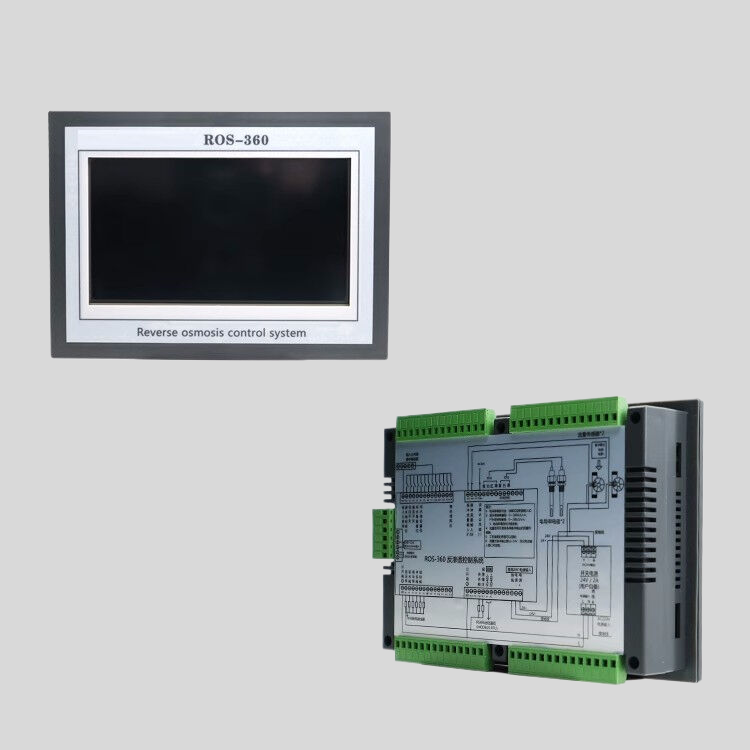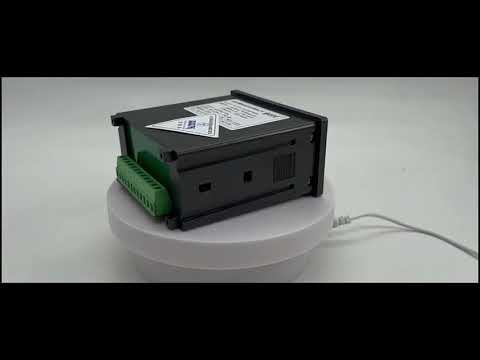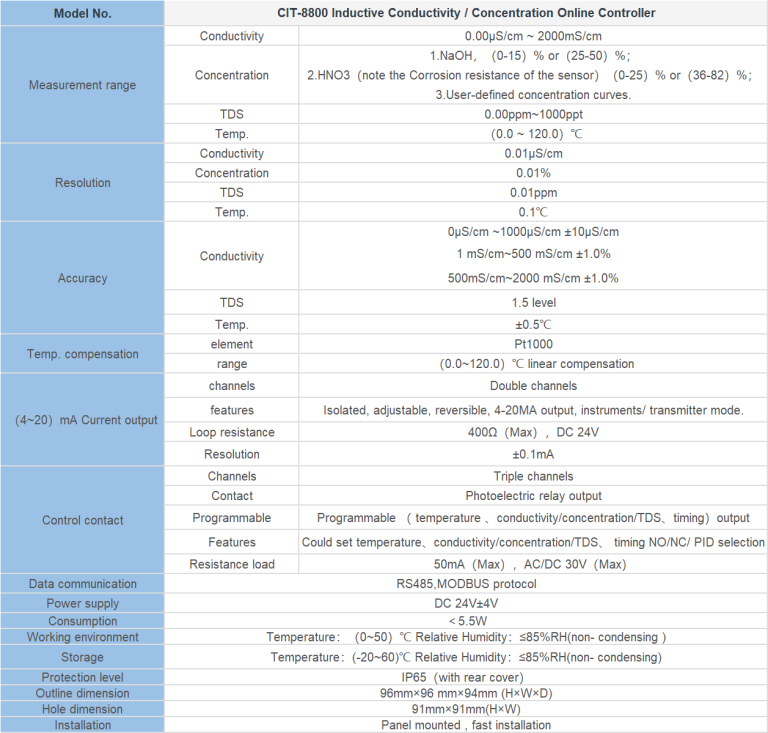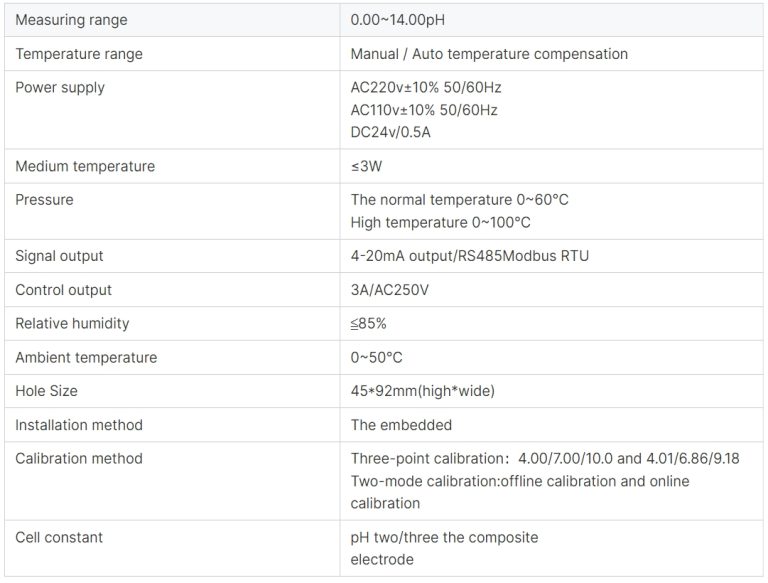Understanding the Functionality and Applications of Positive Displacement Flow Sensors
Positive displacement flow sensors, also known as PD flow meters, are a crucial component in a variety of industries, including oil and gas, chemical processing, and food and beverage. These devices are designed to measure the volume or flow rate of a fluid moving through a pipeline. They operate on the principle of repeatedly filling and emptying compartments of known volume with the fluid. The total flow is then calculated based on the number of times these compartments are filled and emptied.
The functionality of positive displacement flow sensors is based on their unique design and operation. The sensor consists of a chamber that obstructs the flow. Inside this chamber, there are rotating or reciprocating components known as rotors. As the fluid flows into the chamber, it pushes against the rotors, causing them to move or rotate. Each rotation corresponds to a specific volume of fluid. By counting the number of rotations, the sensor can accurately measure the volume of fluid that has passed through it.
One of the key advantages of positive displacement flow sensors is their high level of accuracy. Unlike other types of flow meters, PD flow sensors are not affected by changes in temperature, pressure, or viscosity of the fluid. This makes them ideal for measuring the flow of viscous fluids or fluids with varying physical properties. Moreover, they can handle a wide range of flow rates, from very low to very high, making them versatile for different applications.

| Instrument model | FET-8920 | |
| Measurement range | Instantaneous flow | (0~2000)m3/h |
| Accumulative flow | (0~99999999)m3 | |
| Flow rate | (0.5~5)m/s | |
| Resolution | 0.001m3/h | |
| Accuracy level | Less than 2.5% RS or 0.025m/s.whichever is the largest | |
| Conductivity | >20μS/cm | |
| (4~20)mA output | Number of channels | Single channel |
| Technical features | Isolated,reversible,adjustable, meter/transmission dual mode | |
| Loop resistance | 400Ω(Max), DC 24V | |
| Transmission accuracy | ±0.1mA | |
| Control output | Number of channels | Single channel |
| Electrical contact | Semiconductor photoelectric relay | |
| Load capacity | 50mA(Max), DC 30V | |
| Control mode | Instantaneous amount upper/lower limit alarm | |
| Digital output | RS485(MODBUS protocol ),Impulse output1KHz | |
| Working power | Power supply | DC 9~28V |
| source | Power Consumption | ≤3.0W |
| Diameter | DN40~DN300(can be customized) | |
| Working environment | Temperature:(0~50) ℃; Relative humidity: ≤85%RH(none condensation) | |
| Storage environment | Temperature:(-20~60) ℃; Relative humidity: ≤85%RH(none condensation) | |
| Protection grade | IP65 | |
| Installation method | Insertion pipeline installation | |
Positive displacement flow sensors are used in a variety of applications due to their accuracy and versatility. In the oil and gas industry, they are used to measure the flow of crude oil, natural gas, and other petroleum products. Their high accuracy is crucial in these applications, as even a small error in measurement can result in significant financial loss.
In the chemical processing industry, PD flow sensors are used to measure the flow of various chemicals during the manufacturing process. Their ability to handle a wide range of flow rates and withstand harsh chemical environments makes them ideal for this application.
In the food and beverage industry, positive displacement flow sensors are used to measure the flow of liquids such as milk, beer, and soft drinks during the production process. Their ability to measure viscous fluids and maintain accuracy despite changes in temperature and pressure is particularly beneficial in these applications.
| Model | NTU-1800 Online Turbidity Tester |
| Range | 0-10/100/4000NTU or as required |
| Display | LCD |
| Unit | NTU |
| DPI | 0.01 |
| Accuracy | ±5% FS |
| Repeatability | ±1% |
| Power | ≤3W |
| Power Supply | AC 85V-265V±10% 50/60Hz or |
| DC 9~36V/0.5A | |
| Working Environment | Ambient temperature:0~50℃; |
| Relative humidity≤85% | |
| Dimensions | 160*80*135mm(Hanging) or 96*96mm(Embeded) |
| Communication | 4~20mA and RS-485 communication (Modbus RTU) |
| Switched output | Three-way relay,capacity 250VAC/5A |
In addition to these industries, positive displacement flow sensors are also used in water and wastewater treatment plants, pharmaceutical manufacturing, and many other applications where accurate flow measurement is critical.
In conclusion, positive displacement flow sensors are an essential tool in many industries due to their unique design and operation. Their ability to accurately measure the flow of a wide range of fluids under varying conditions makes them a versatile and reliable solution for many applications. As technology continues to advance, we can expect to see even more innovative uses for these remarkable devices.
